What is Flare Network
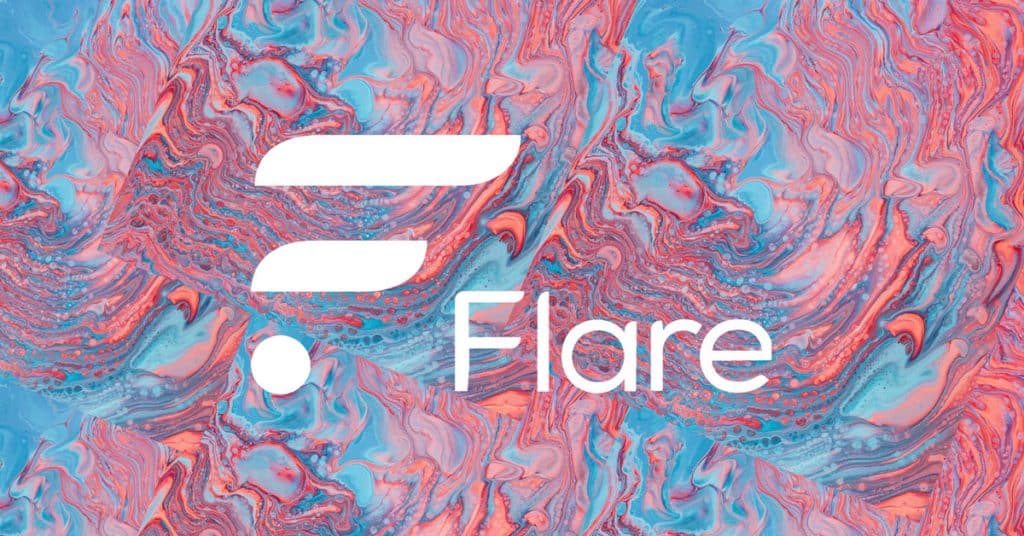
In this week's Wealth Mastery Altcoin Review, we’ll discuss the following topics and learn “What is Flare Network.”
- What is Flare Network?
- What is the Future of Flare Network?
- What is FLR Altcoin?
- How do you Buy Flare?
- Is Flare a Good Investment?
What is Flare Network?
Flare Network is the latest altcoin to generate massive attention in the crypto markets. For anyone that held Ripple Altcoins in their wallet on December 20th, 2020. Then you received or have yet to claim your Flare tokens. This seems familiar because this is not the first time Ripple holders have been given free tokens for holding XRP. This is because users who held at least 10 XRP on December 12th, 2020, received a share in the Songbird Network at a rate of 1 XRP to 0.1511 Songbird Tokens. But this happened back in September, and as the charts would indicate. It mostly served to briefly pump Ripple's price on the news of Songbirds release. You can probably already guess what happened to the price afterward once the hype died down. Showing us that buying the rumor and selling the news is still viable for crypto traders. But, as it turns out, this method of artificial price appreciation can’t be exploited forever. With the release of Flare Network, we’ve already begun seeing a different narrative play out. But what does Flare bring to the table, and what makes it different enough from Songbird that anyone would even care?

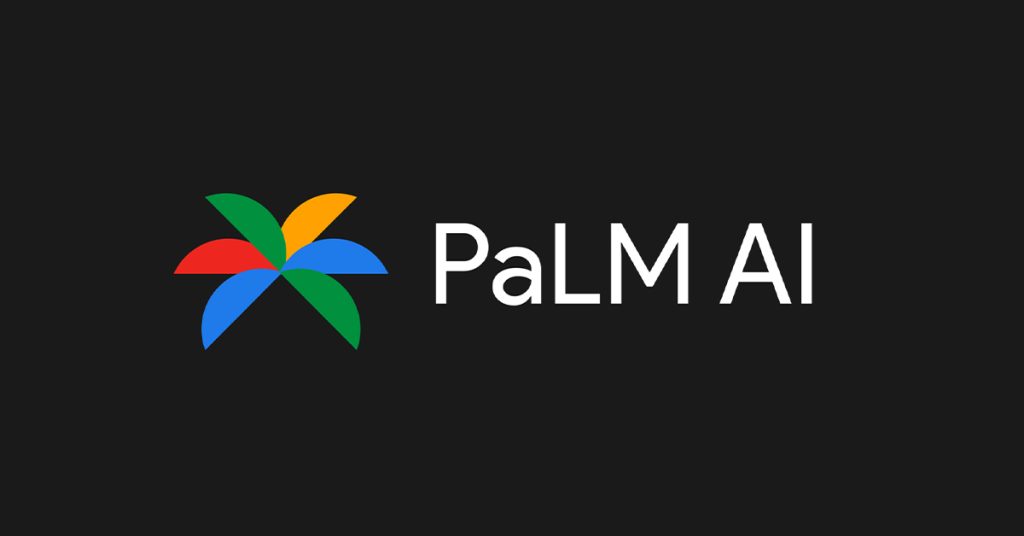
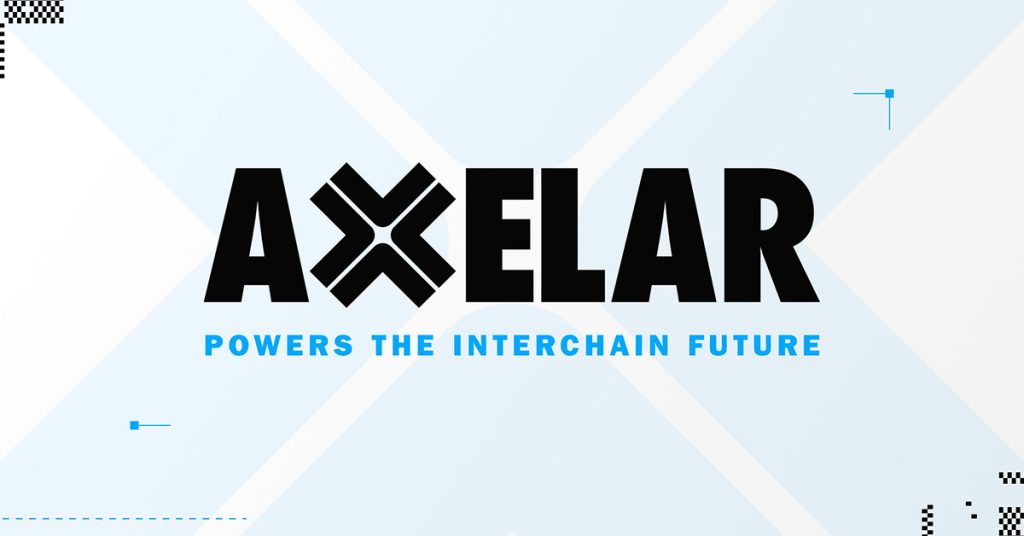
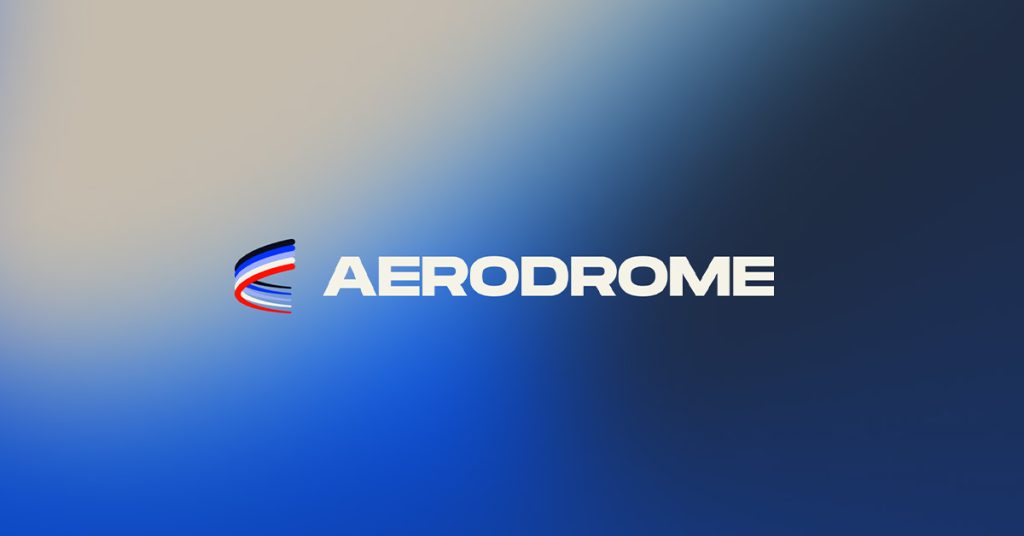
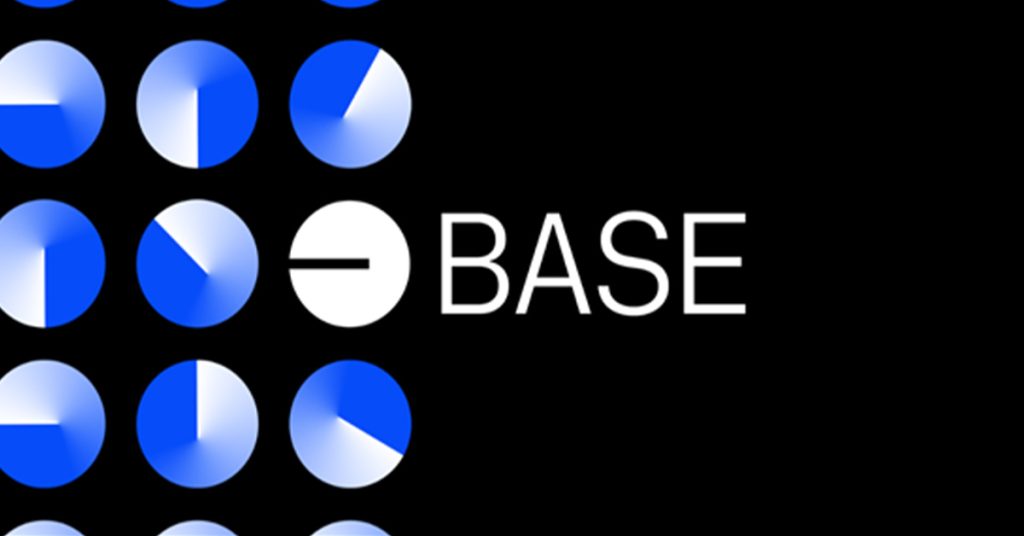
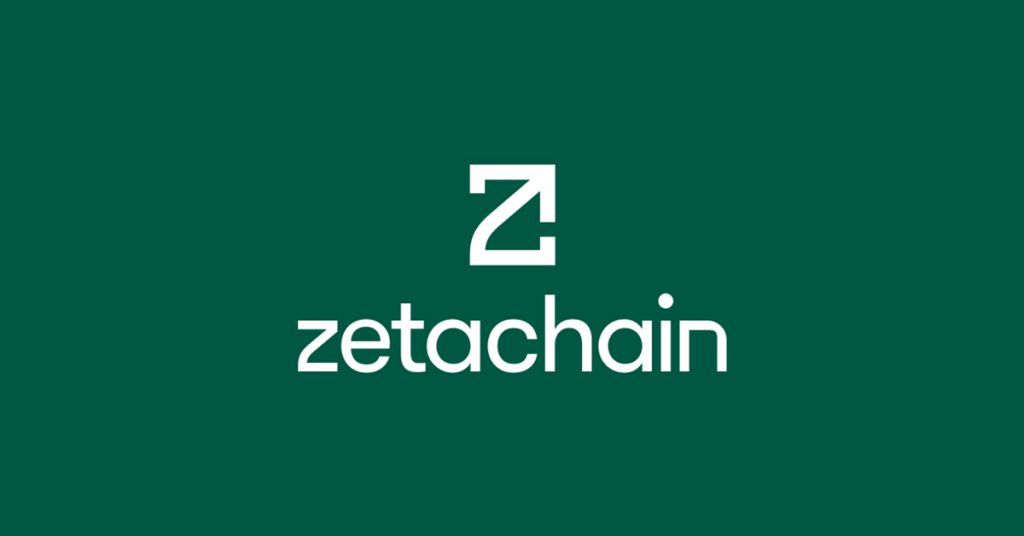
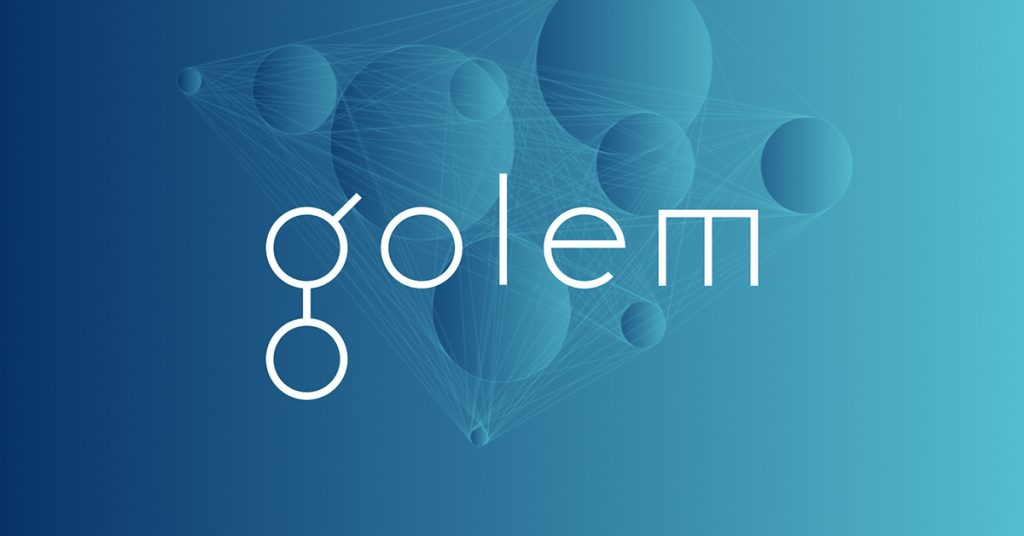
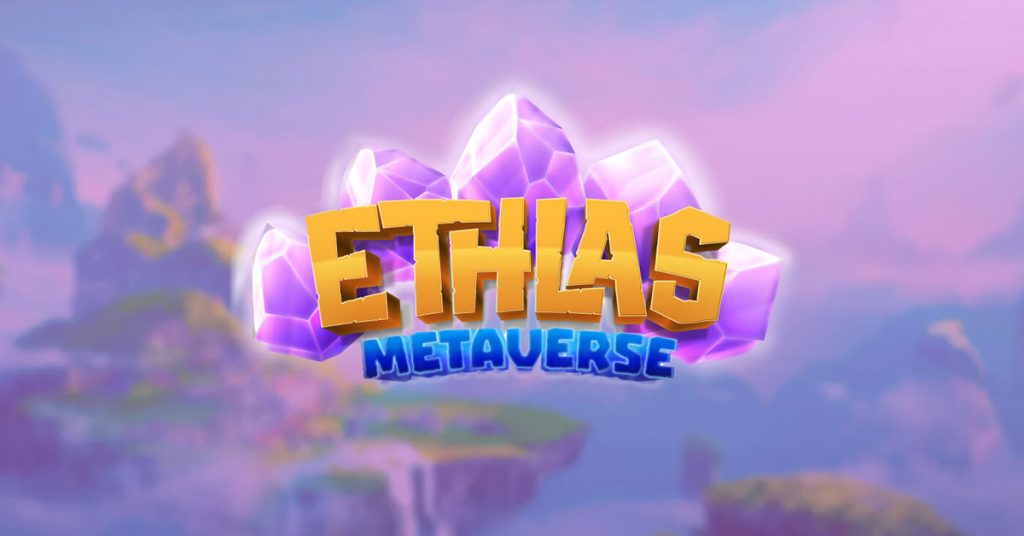
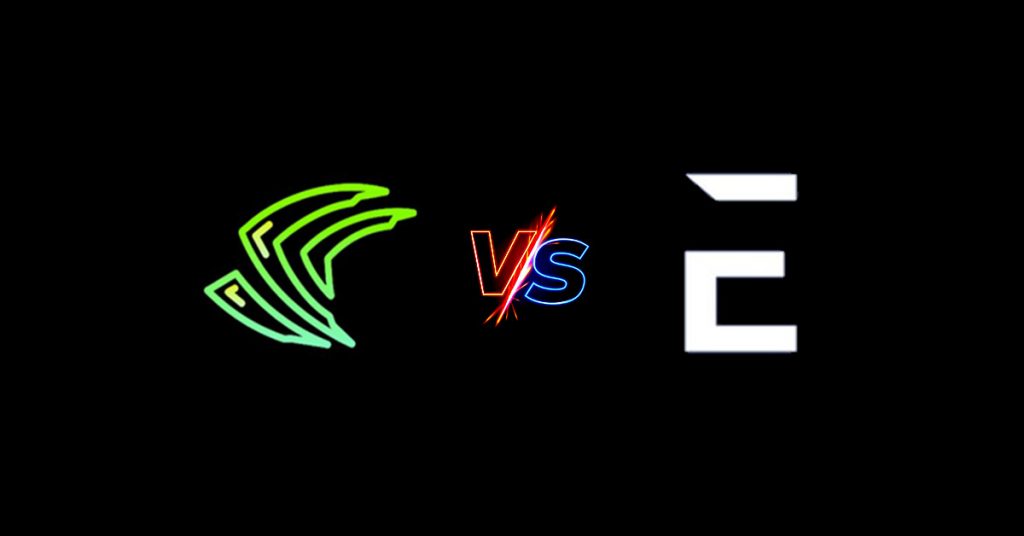
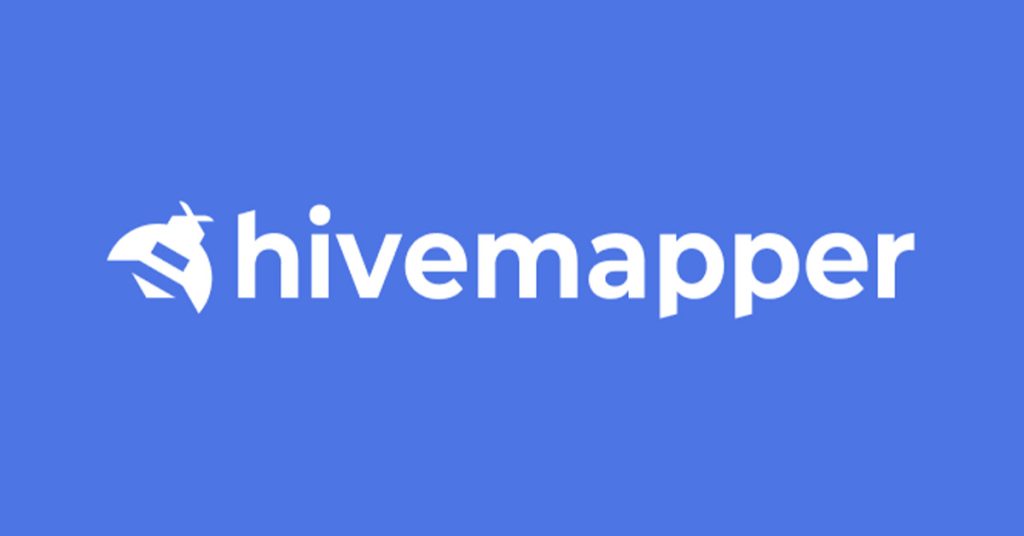
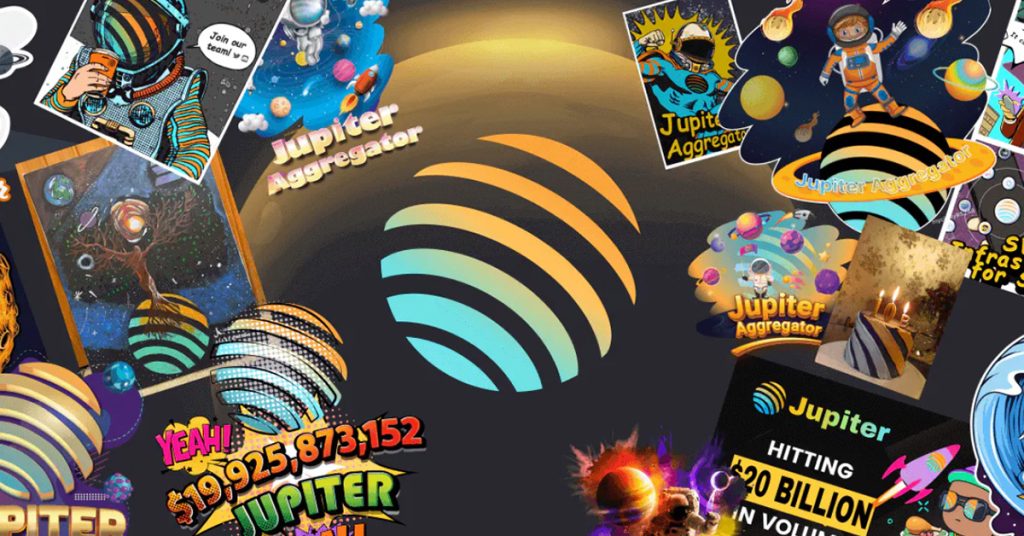
Responses